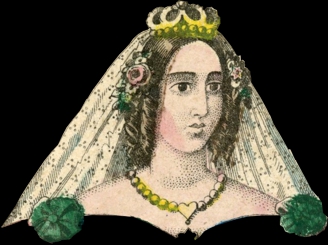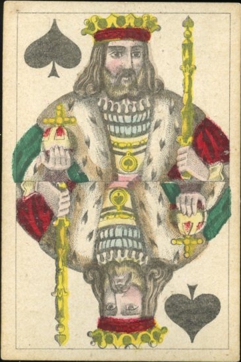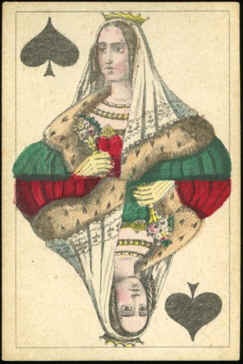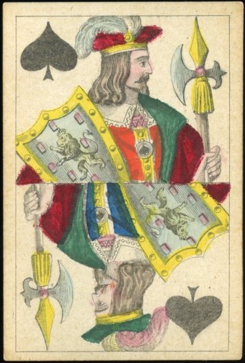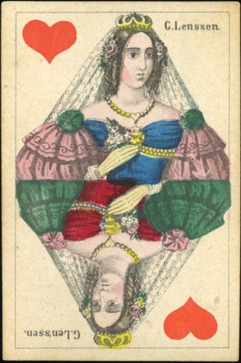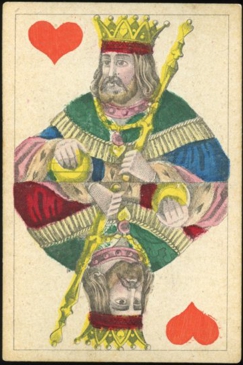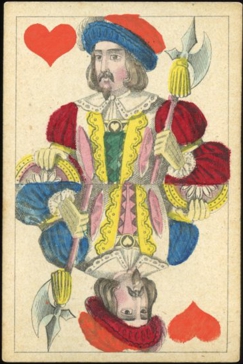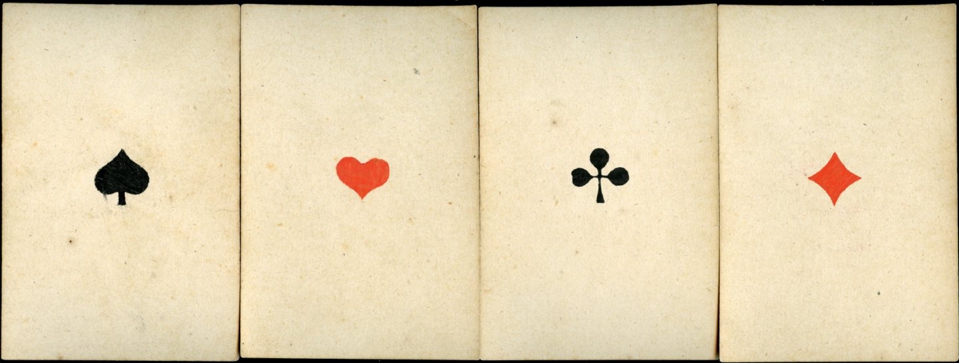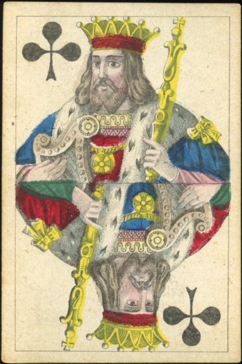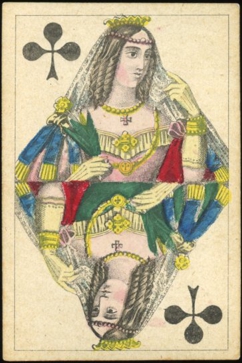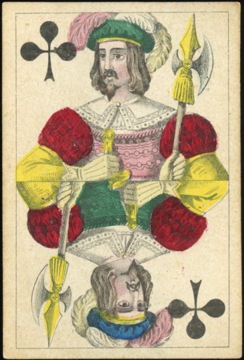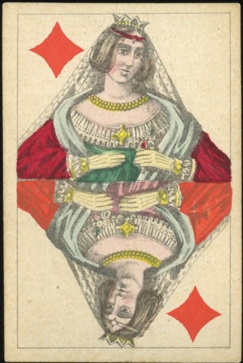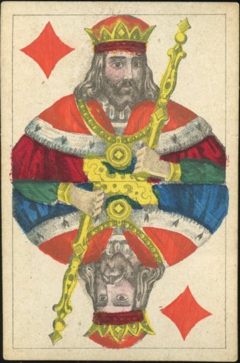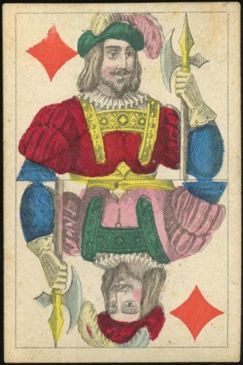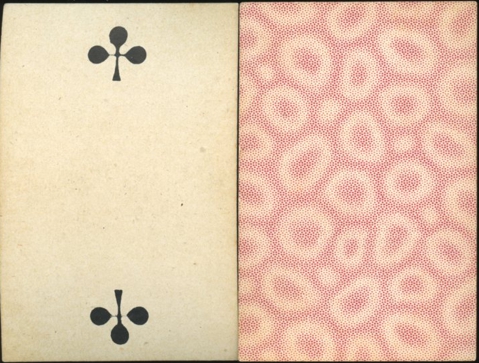|
|
||
|
It
began as a rainy month and summer apparently has a slow start this
year. I haven't visited any outside markets yet and am still waiting
for a sunny day to coincide with an interesting event. So no good finds
there to show here. |
And
the mailman didn't bring any boxes with playing cards either. No
surprise, as I'm not actively searching for them online any longer. No
more daily going through eBay, Etsy, MP or other lists for me. |
|
|
So there was nothing left than to go through the collection again. However, it's getting more and more difficult to find an interesting antique deck which hasn't been shown yet in some other spot on this website. |
